
- Satya Raj Joshi
Maha Shivratri, one of the most significant Hindu festivals, is an occasion dedicated to Lord Shiva, the supreme deity of destruction and transformation. While this sacred event is observed across India and Nepal with great devotion, there is perhaps no place more spiritually charged than the Pashupatinath Temple in Kathmandu during Maha Shivratri. The temple, an architectural marvel and one of the holiest shrines of Lord Shiva, becomes a focal point of faith, reverence, and mysticism on this auspicious night.
The Significance of Maha Shivratri
Maha Shivratri, meaning ‘The Great Night of Shiva,’ marks the divine marriage of Lord Shiva and Goddess Parvati. According to Hindu mythology, it is also the night when Lord Shiva performed the cosmic dance, the ‘Tandava,’ symbolizing the cycle of creation, preservation, and destruction. Devotees believe that observing fasts, chanting Shiva’s names, and offering prayers with pure devotion on this day bring divine blessings, prosperity, and liberation from the cycle of birth and death.
Pashupatinath: The Spiritual Epicenter
The Pashupatinath Temple, a UNESCO World Heritage Site, stands on the banks of the sacred Bagmati River and is the most revered Shiva shrine in Nepal. Built in the pagoda style, the temple is adorned with exquisite wood carvings, silver-plated doors, and a towering golden pinnacle. The temple houses a unique four-faced Shivalinga, symbolizing Shiva's omnipresence in all four directions.
During Maha Shivratri, Pashupatinath transforms into a celestial realm of devotion and mysticism. Thousands of pilgrims, including sages, saints, and ascetics from Nepal and India, converge at the temple to pay homage to the deity. The aura of the temple during this festival is a mesmerizing blend of sacred chants, temple bells, and the fragrance of incense filling the air. The spiritual fervor is palpable, drawing devotees into an atmosphere of divine ecstasy.
The Grand Celebrations at Pashupatinath
The Maha Shivratri celebrations at Pashupatinath begin days in advance, with the temple and surrounding areas beautifully decorated with oil lamps and flowers.
The festival witnesses an influx of hundreds of thousands of devotees who line up for hours to catch a glimpse of the divine Shivalinga.
One of the most fascinating aspects of Maha Shivratri at Pashupatinath is the presence of Sadhus—Hindu ascetics who have renounced worldly pleasures. Draped in saffron robes or covered in ashes, these mystics engage in meditation, recite hymns, and share their profound wisdom with visitors. Many Naga Sadhus, known for their austere lifestyle, are seen meditating in trance-like states or performing intricate yogic postures. They are often surrounded by intrigued pilgrims who seek blessings and spiritual guidance.
Devotional songs, bhajans, and rhythmic drum beats resonate throughout the temple premises. The chanting of ‘Om Namah Shivaya’ creates a powerful spiritual energy that engulfs every soul present. As night falls, the temple glows with thousands of earthen lamps, symbolizing the dispelling of darkness and the triumph of divine consciousness. The central ritual of Maha Shivratri, the Abhishekam (ritualistic bathing of the Shivalinga), continues throughout the night, with devotees offering milk, honey, ghee, and sacred water to Lord Shiva.
Mystical Experiences and Devotional Zeal
For many, Maha Shivratri at Pashupatinath is not just a religious event but a transformative spiritual experience. The devotion of the pilgrims, the presence of enlightened sages, and the sheer magnitude of faith create an atmosphere unlike any other. Devotees observe fasts, engage in deep meditation, and participate in night-long prayers, believing that their devotion will lead them closer to moksha (liberation).
A unique aspect of the festival is the cultural confluence that takes place, where people from diverse backgrounds unite in their love for Lord Shiva. Foreign tourists, spiritual seekers, and curious travelers also visit Pashupatinath to witness the grandeur of the celebration and experience the depth of Hindu spirituality.
Conclusion
Maha Shivratri at Pashupatinath is a divine spectacle, a night of profound devotion, and a journey into the depths of spirituality. It is an experience that lingers in the hearts of devotees long after the night has passed. The overwhelming presence of faith, the mystical ambiance, and the resonance of sacred chants make it an unparalleled pilgrimage. Whether one is a devout Shiva bhakta, a seeker of spiritual wisdom, or an admirer of culture and tradition, witnessing Maha Shivratri at Pashupatinath is a soul-stirring experience that embodies the sacred charm of Lord Shiva’s divine presence.
The author is the editor-in-chief of SHANTI JOURNAL.





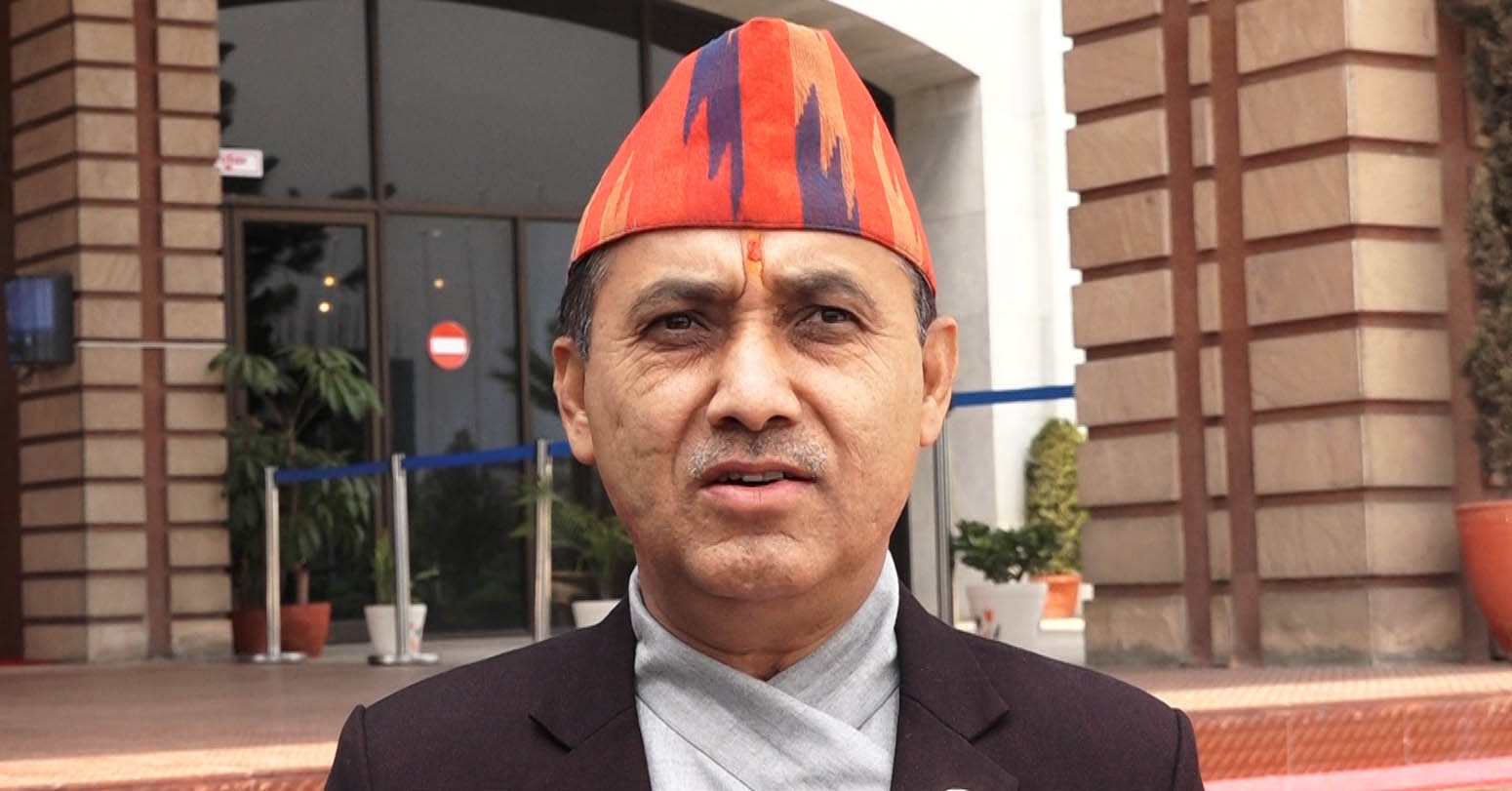


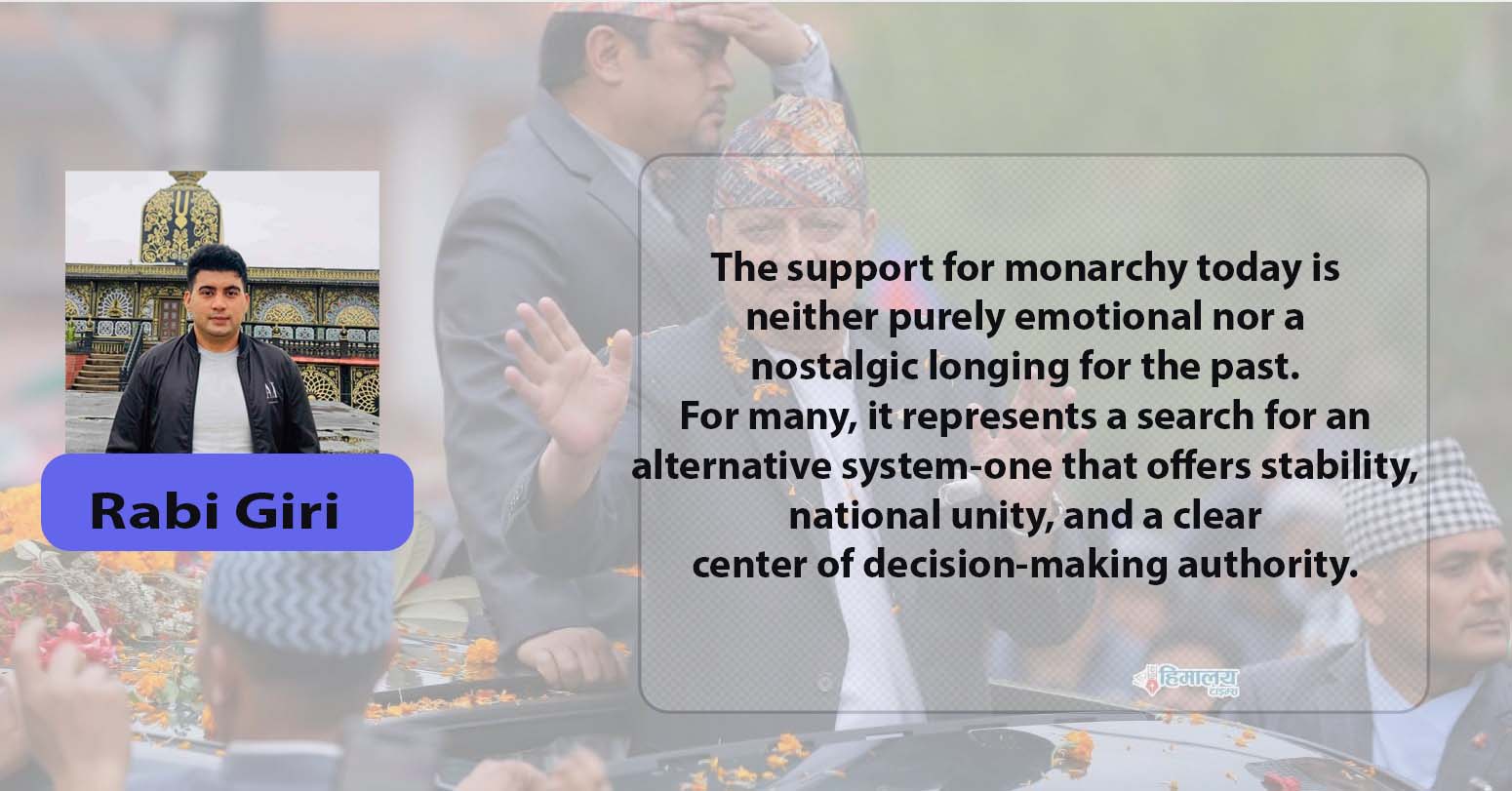
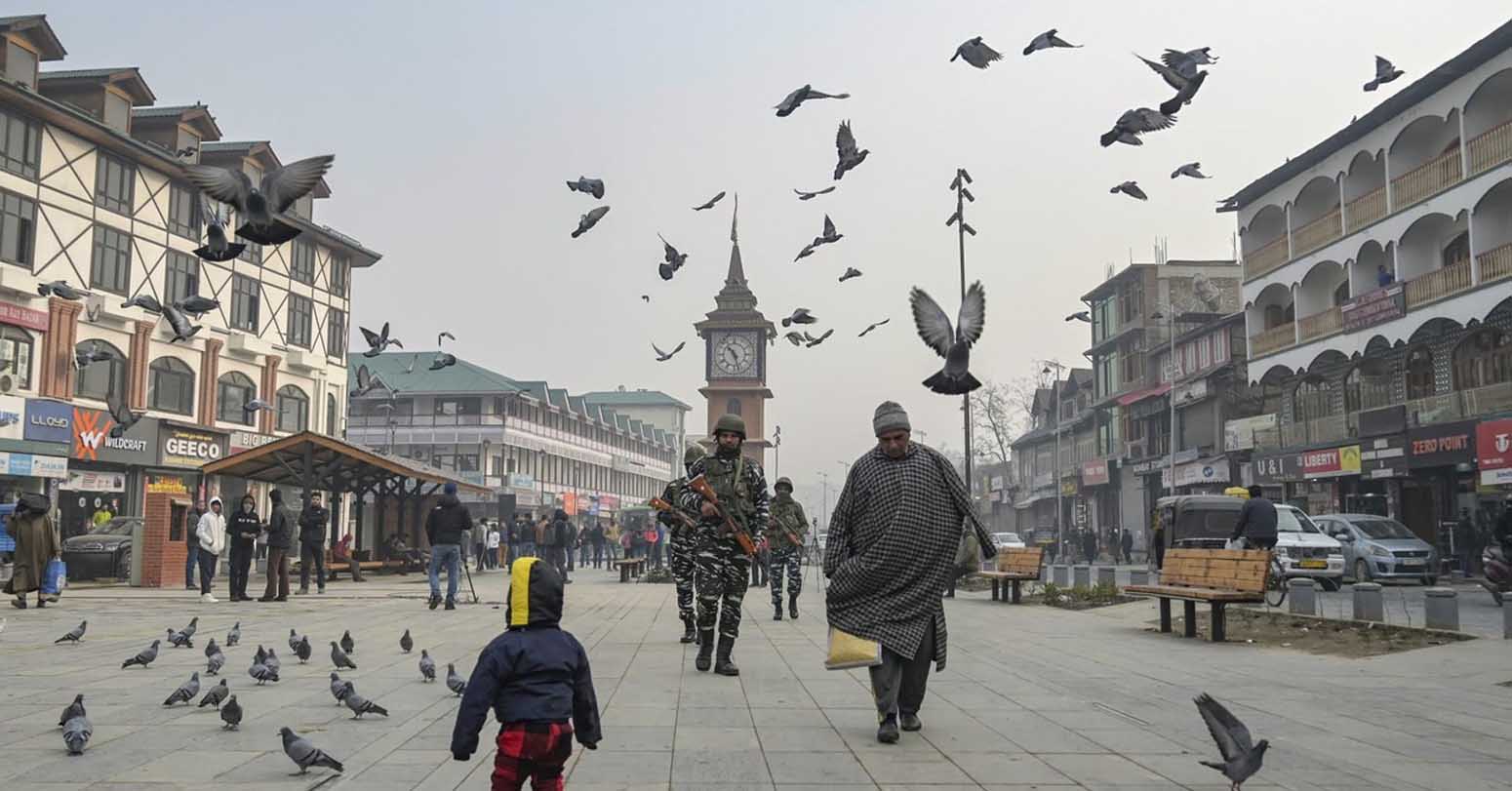



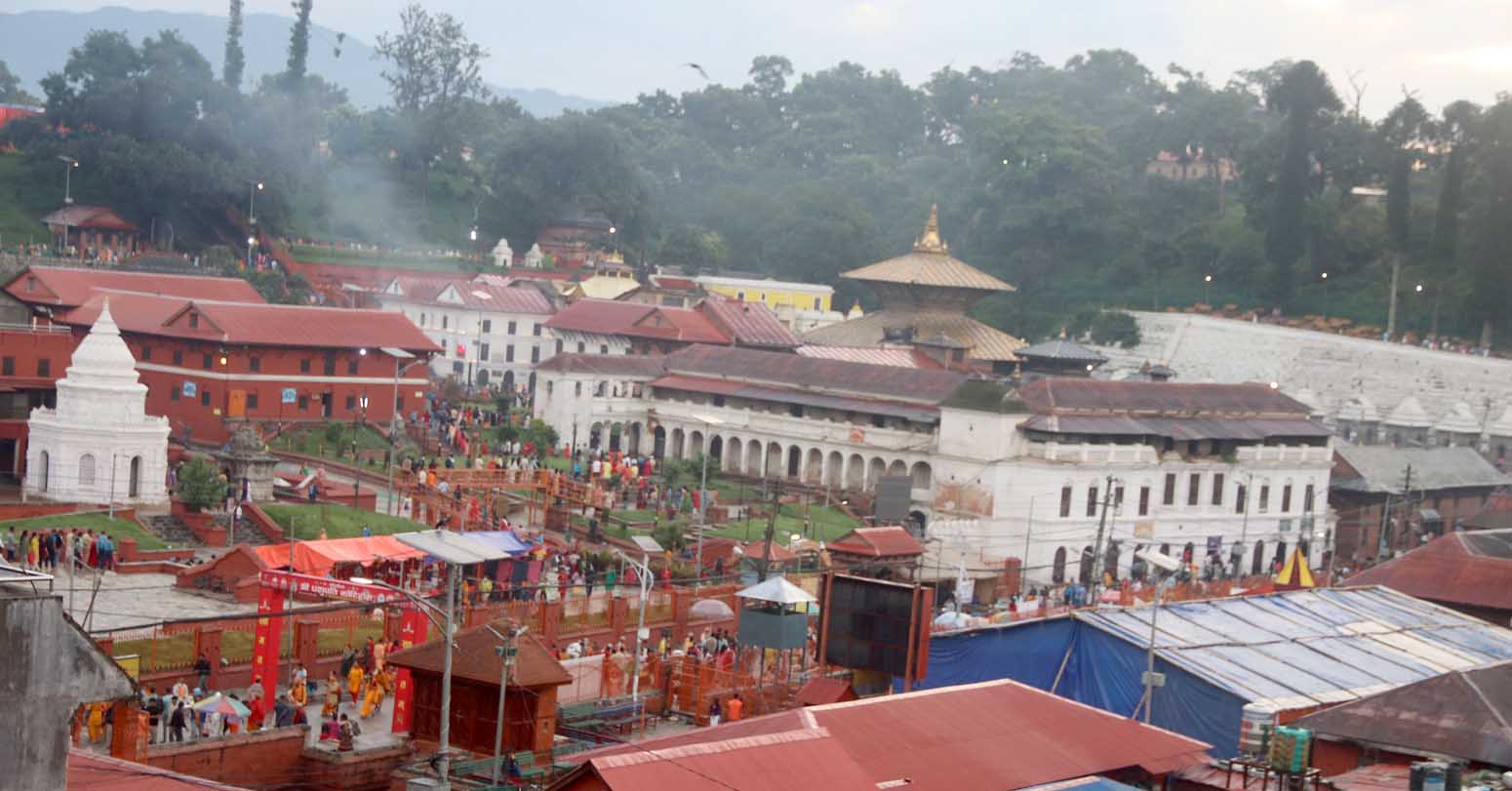
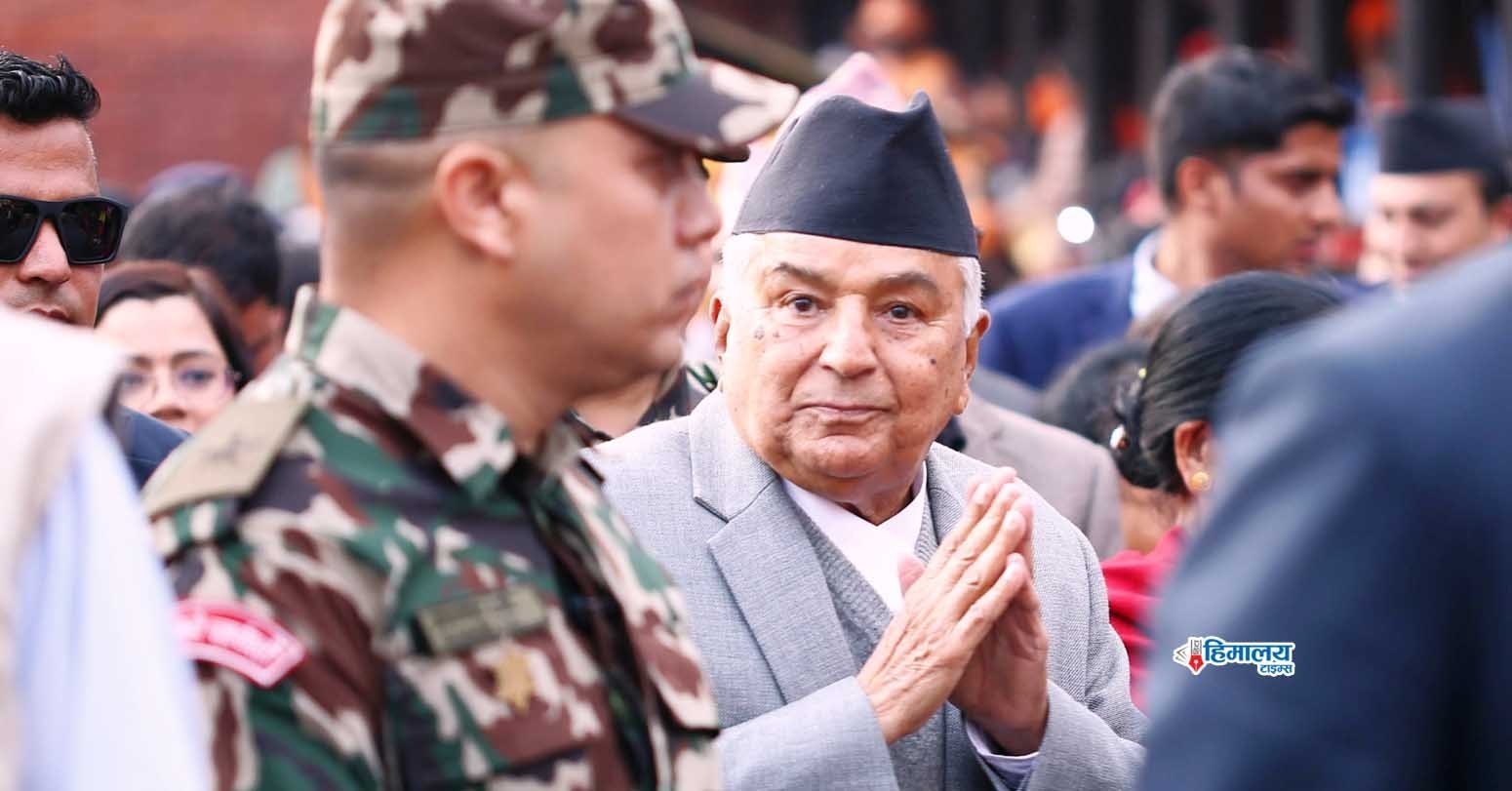
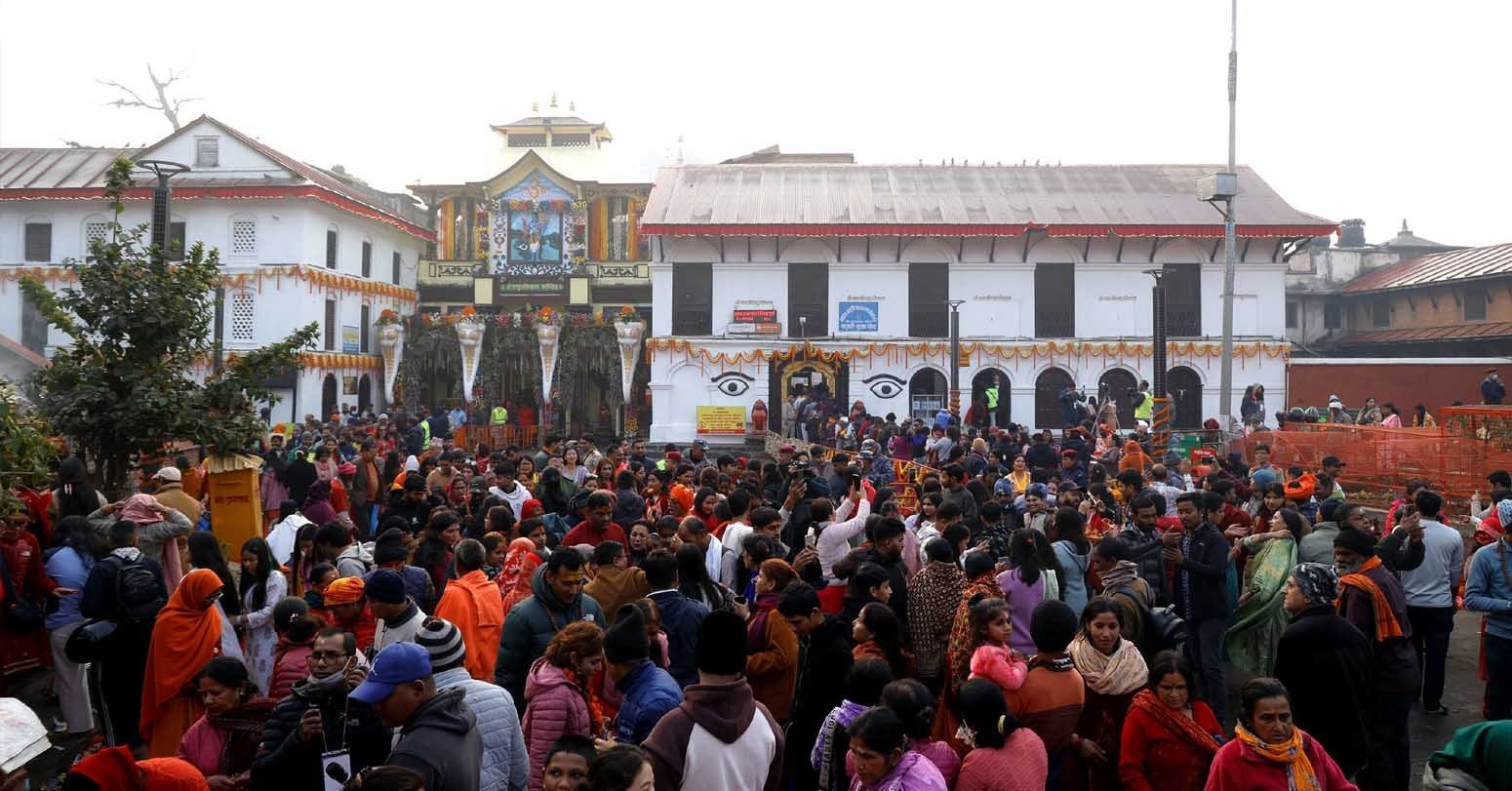
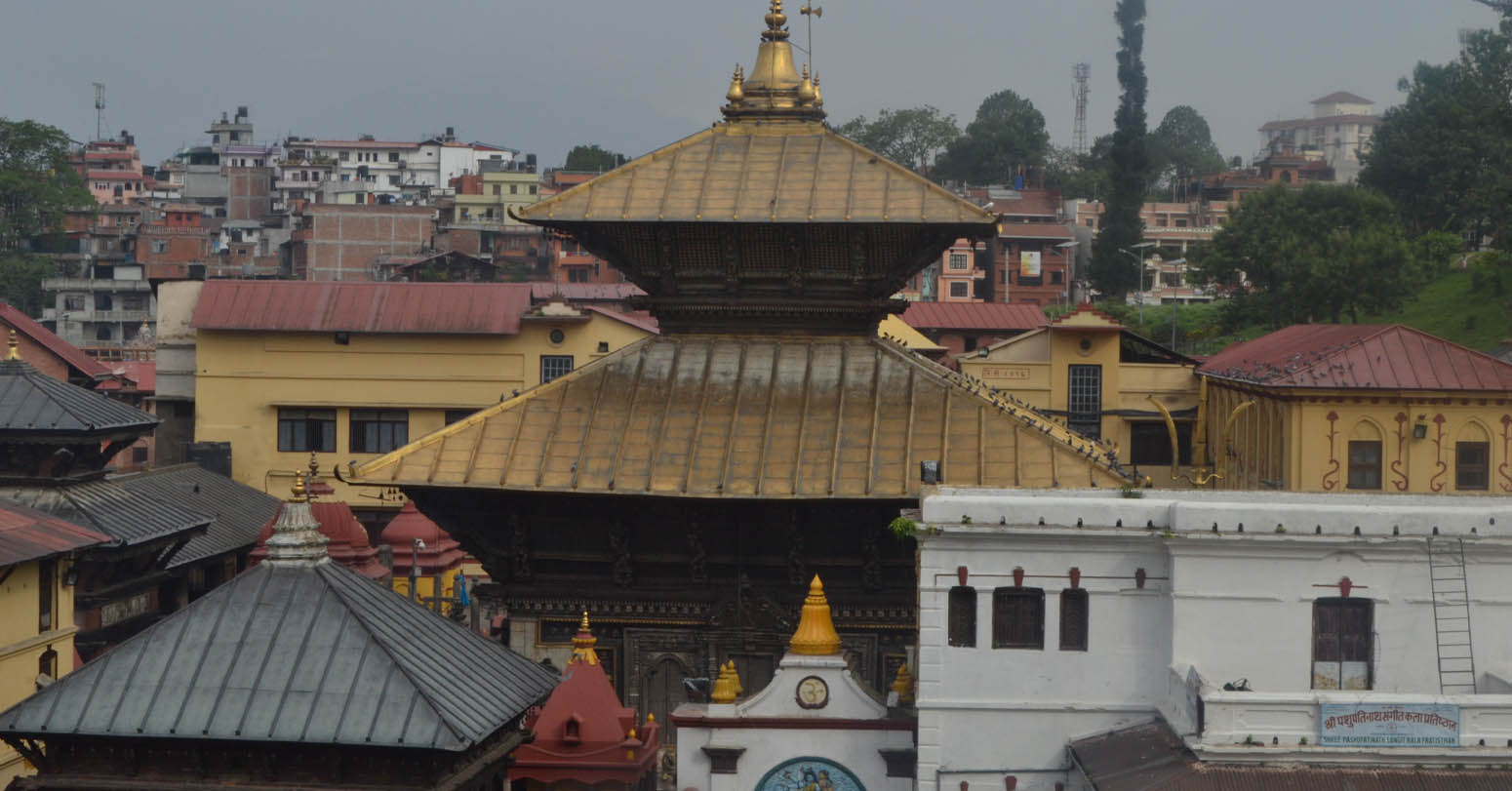
Middle-aged man spends millions to
Dr. Dharam Raj Upadhyay: Man
Breathing The Unbreathable Air
Comprehensive Data Protection Law Critically
Gender Differences In Mental Healthcare
Erosion of Democracy